

Part II: The Very First Sunrise
Celestial Grime
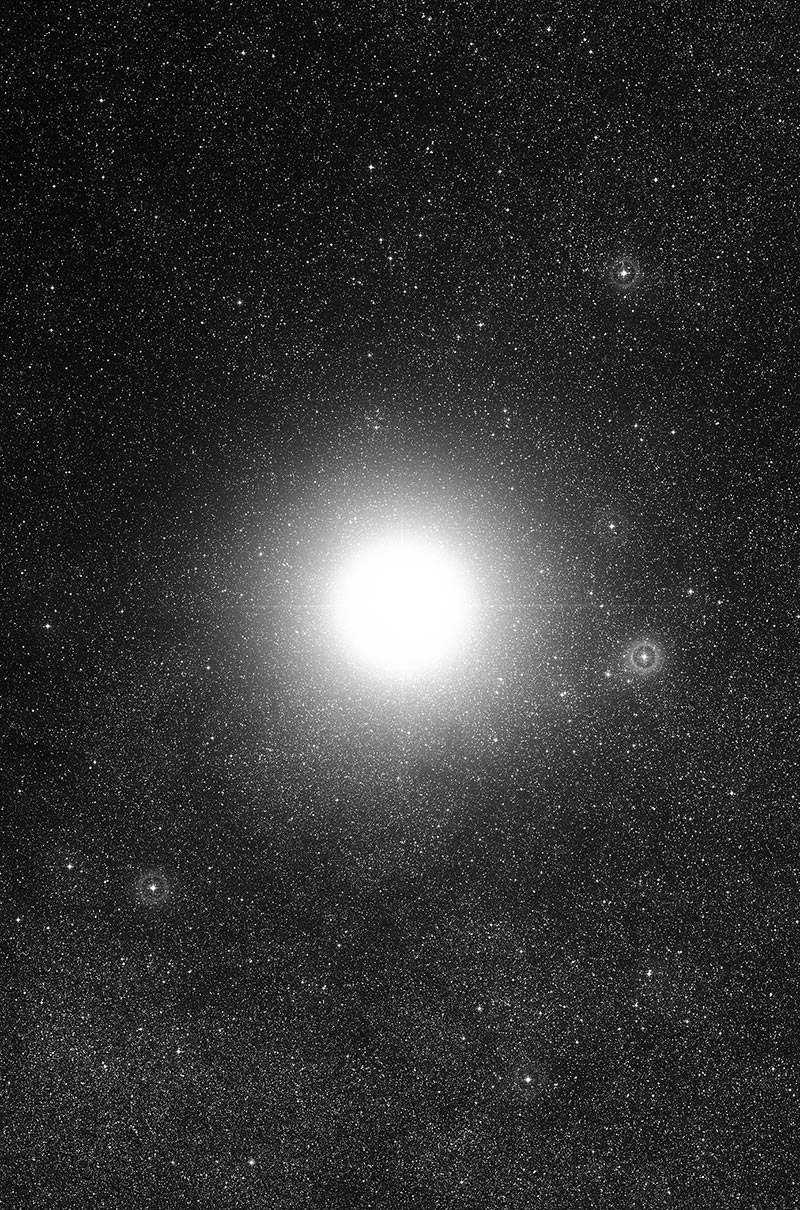
Imagine nothing. All of the things that you love and hate, every person that you have ever spoken to or seen as you walked on the street, imagine that they are gone and will never be seen again. Imagine not seeing a significant trace of materiality for a million years. This is the fate our Voyager. As of 2012, the probe is nearly 12 billion miles away from the pale blue dot from which it was created.
Over the course of its lifetime, a mere thirty-six years, the spacecraft has traveled farther than any human made object before it. It has encountered some of the greatest gods in our history. Mars, the god of war, and Zeus, the leader of the gods, have all been eclipsed by this singular, physically insignificant being. Even Hades, the ruler of the hellish underworld that has persistently struck fear in the stomachs of human beings, was usurped long ago. The threats of violence that we posit upon ourselves have long been forgotten by the lonely traveler.
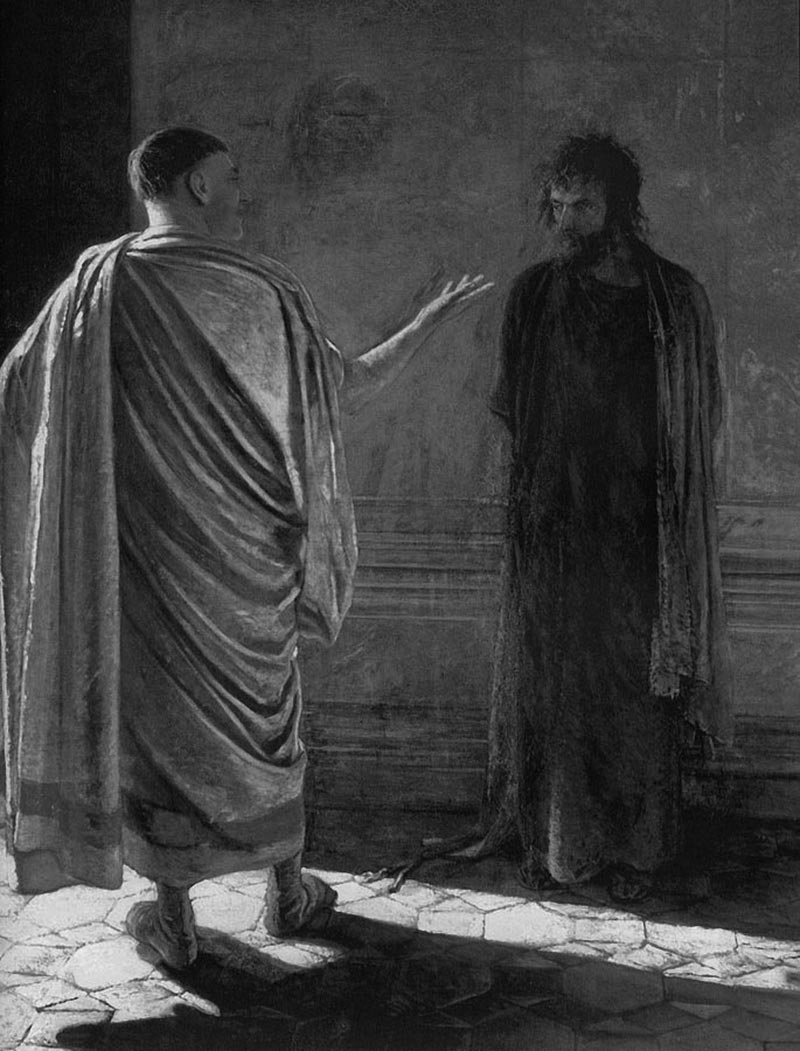
One day, maybe a million years from now, when the Earth no longer resembles the place from which the Voyager set sail, the craft will encounter some cosmic being. Assuming that this being is intelligent, what will the encounter look like? Will it be a more gentle species than our own and seek to understand the craft the way that Mr. Waldheim purported in his introduction to the Golden Record? Or will this species be a menace to the cosmos, an aggressor seeking to conquer the quiet Voyager?
While I do not have the answers to these questions, I do know that should the event ever occur it will be extended far beyond the reach of my humble lifespan. My children and the distant grand children of humanity will never have anything to fear or gain from those distant creatures who may one day be encountered. Instead, and well within my lifetime, humanity will be confronted with a different effect of the events of September 5th, 1977.
Human Sacrifice by Diego Rivera, 1931
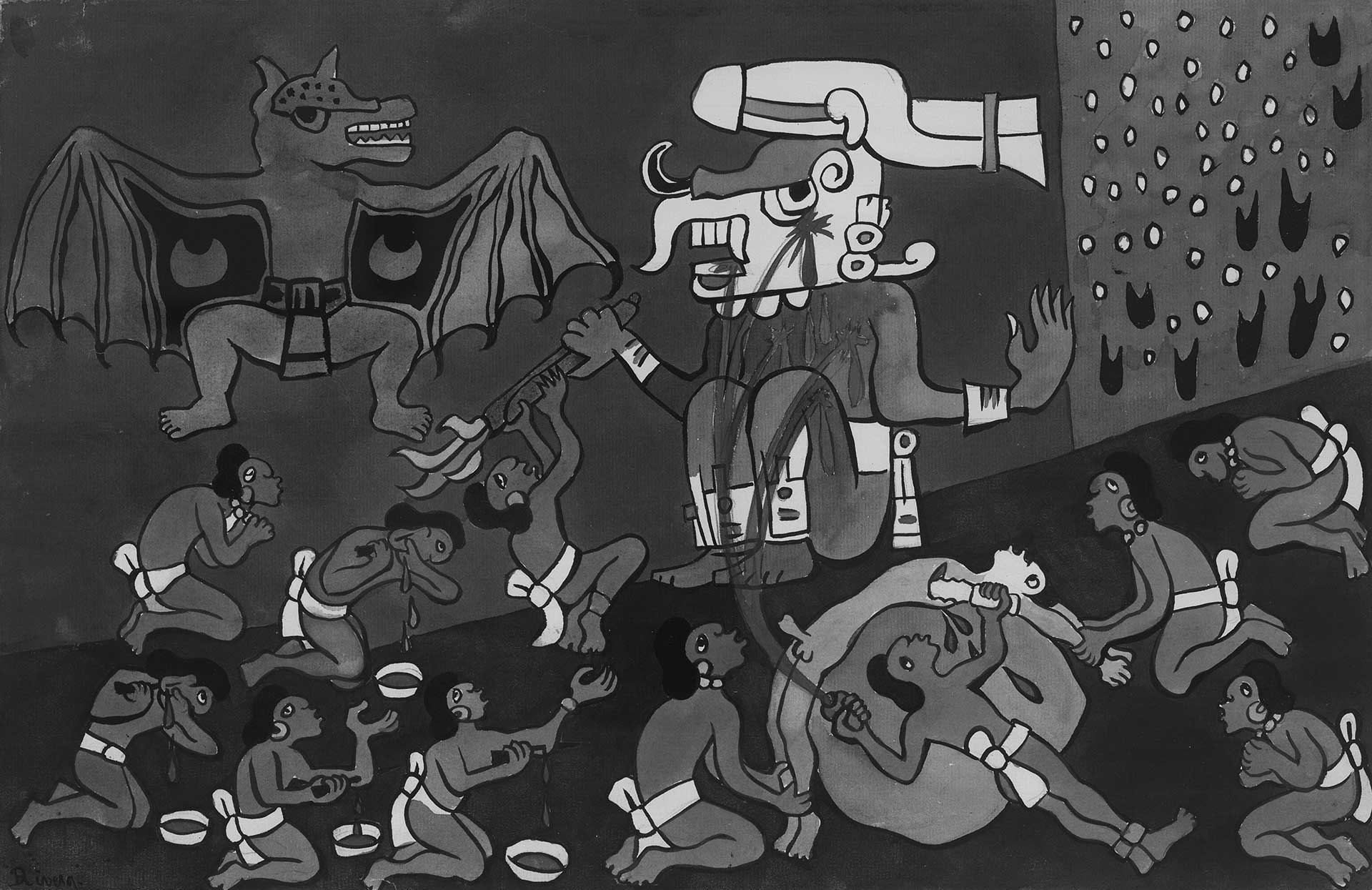
Human Sacrifice by Diego Rivera, 1931
AUGUST 25, 2012
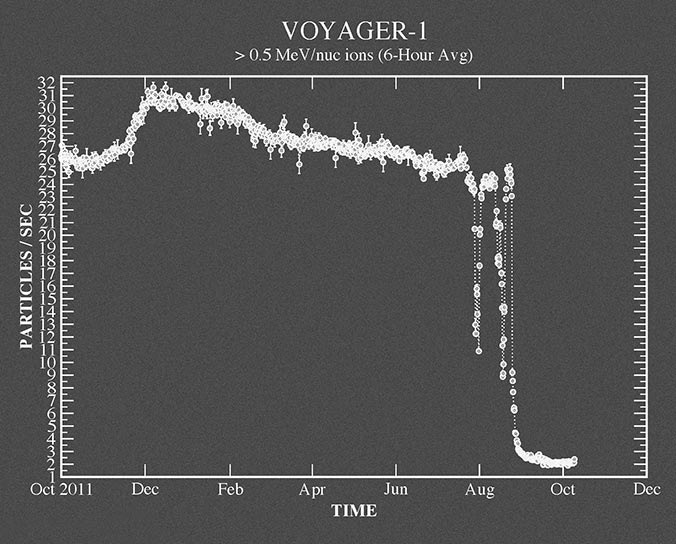
Far beyond any planet or minor planet currently orbiting our star, a line exists in our solar system. It is the dividing mark where our sun's expelled energy, the solar winds emitted on a continuous basis, encounter the winds of all the other stars in the universe. It is here that the forces of our solar system collide and are held back by the enormity that encompasses and pushes back onto us.
It was on this day in August, nearly thirty-five years after the craft departed its humble place of origin, that it once and for all left anything that we could definitively call: ours. It ventured out into the wild unknown, beyond our solar system, and into the universe that we meagerly inhabit. To the Voyager we are no longer a pale blue dot. Earth as a whole, all of our stories and ideas, are in no way perceptible. It is beyond the grasp of humanity in a way that nothing we have ever created has been. It has surpassed our hopes and our dreams, our nightmares and our hells, and in doing so has rendered all of them to being insignificant and irrelevant.
Voyager 1's radio signal, 2013.02.21

Voyager 1's radio signal, 2013.02.21
YOU AND ME
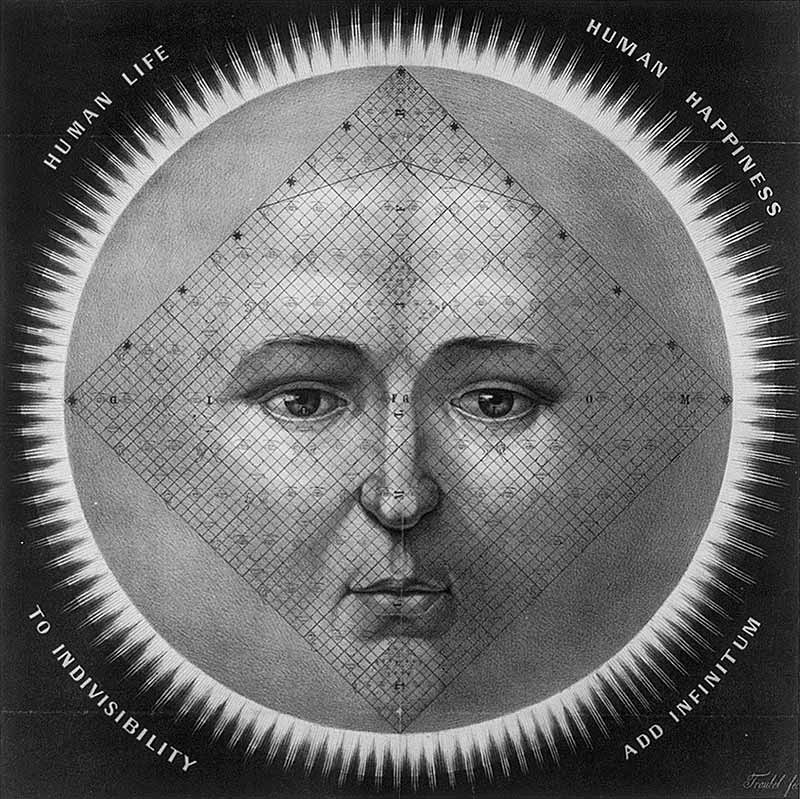
We once believed that everything in our universe revolved around us, human beings, the lucky chosen people of the planet Earth. Of course, centuries ago this was proven to be an incorrect calculation, but only in the context of science. The majority of humans to this day find it difficult and/or impossible to truly grasp the idea of how completely inconsequential we are within the entirety of all that the universe encompasses. On an almost daily basis scientists, some of which I can call my dear friends, discover a planet in some distant corner, orbiting some distant star, and they make the announcement that, just maybe, this mass of material is similar to us. Everyday there is someone on our planet that forgets how incredibly minut our existence is within the context of the universe.
It is like a woman that discovers later on in her life that somewhere else on Earth, by some other woman other than her mother, that her father has sired another human. The woman finds out that she has a brother that she never knew about, living in some distant city of some distant state. It seems like a wonderful thing for her to imagine that, in this far off place, there lives a being that is remarkably similar to herself. She is able to discover this person and, out of curiosity, closely examine their commonalities. Significance is placed upon the idea that despite having been raised under completely different circumstances, and with completely ulterior morals and standards, they still share a common thread of DNA. They are made from the same thing.
How do you tell this woman that whether her father ever existed is of little importance to the relationship that she shares with this sibling she has never met? How do you tell one human being that she is exactly the same as another who was born and raised somewhere completely foreign to her, regardless of where her genetic material originated?

There are 118 elements that make up all of the known universe. Within this palette there exists the combinations for creating every human on our planet, all of the pages from every history book ever written, all of the weapons that have ever been used to murdered another living thing, as well as every single star in the sky that has ever been dreamed about. It is curious then to wonder how humankind can view themselves as being so incredibly different from one another. Why does this young woman not see every person on Earth as her brother or sister?
Thousands of years ago gods were conceived as a way to unify a group of people organized primarily by physical proximity so that they might share a similar set of morals and standards pertaining to how to live their lives. As the population of our planet increased so too did humanity's propensity for creating gods which were allowed to dictate their lives. Gods have been instrumental in the development of our species because of the fear of what might happen should we not live up to the standards set out by these omnipotent beings. Justice for crimes, and goodwill towards neighbors, are but a few mandates from God that have allowed our race of beings to transcend our cave dwelling beginnings for the great civilizations of the world.
What would have happened, thousands of years ago, if humanity had the understanding that they themselves were the supreme being? A civilization of individuals was at times dangerous, and it was quickly realized that when co-existence became a requirement instead of a suggestion there became more of a possibility for the advancement of our species. Deep within the Soviet ideology, this way of life existed; unfortunately, it was destroyed by the individuals who sought to implement it. While they blamed gods on the one hand they created a new one on the other in the form of the state. Gods have been created a thousand times over by individuals for the sake of uniting those similar to themselves. Now, unfortunately, gods are used more and more for the purpose of division.
In the Voyager we have created a god and in turn have satisfied the requirements ourselves for being one. We have instilled within the craft the ability to create life, and it is a new kind of life form unlike any that our planet has ever witnessed. The manifestations of all our hopes and dreams as a species were made physical by the craft on August 25, 2012.
"A BAPTIST GRAVE, HALE COUNTY, AL" Walker Evans, 1936
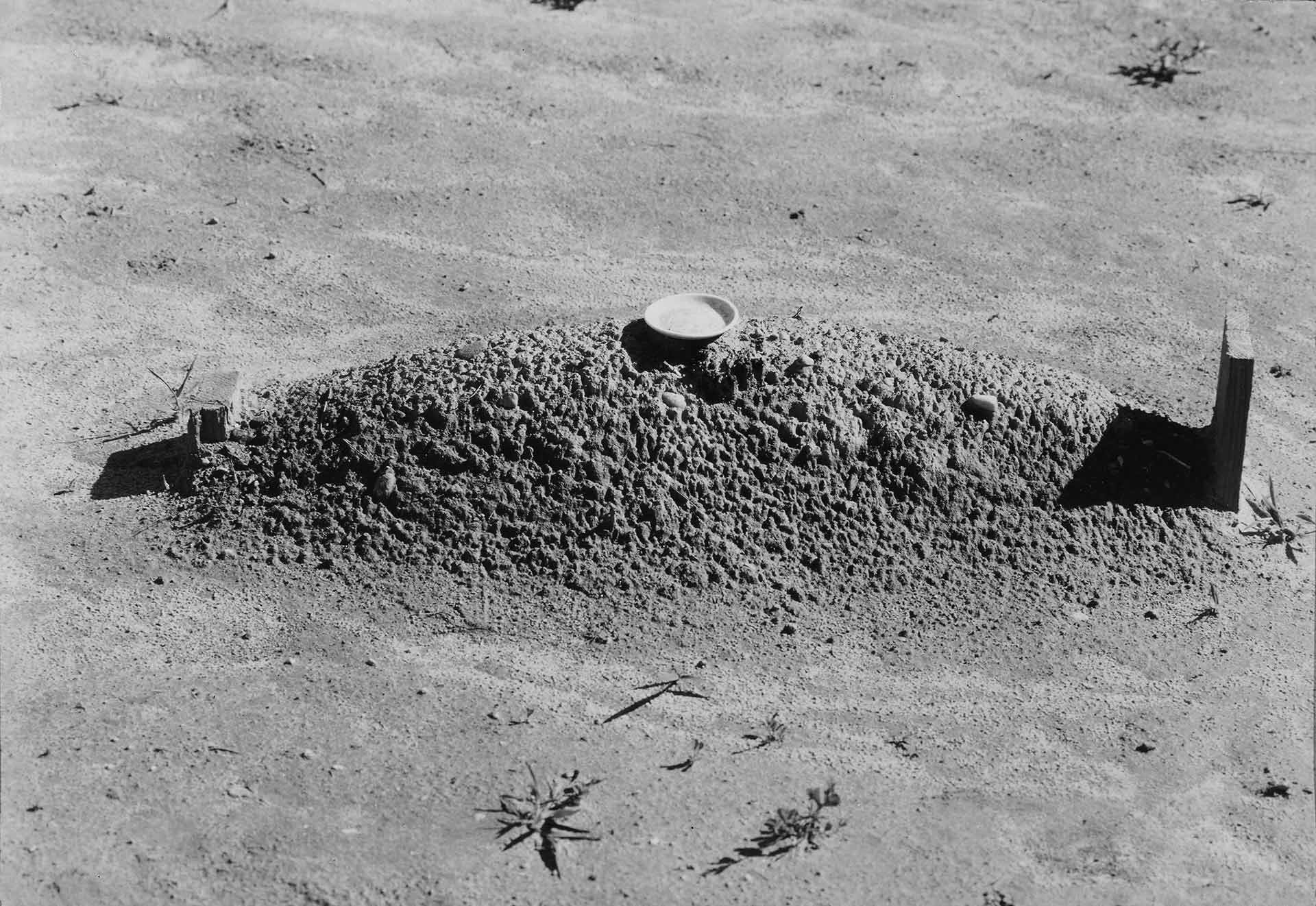
"A BAPTIST GRAVE, HALE COUNTY, AL" Walker Evans, 1936
GENESIS MATTER
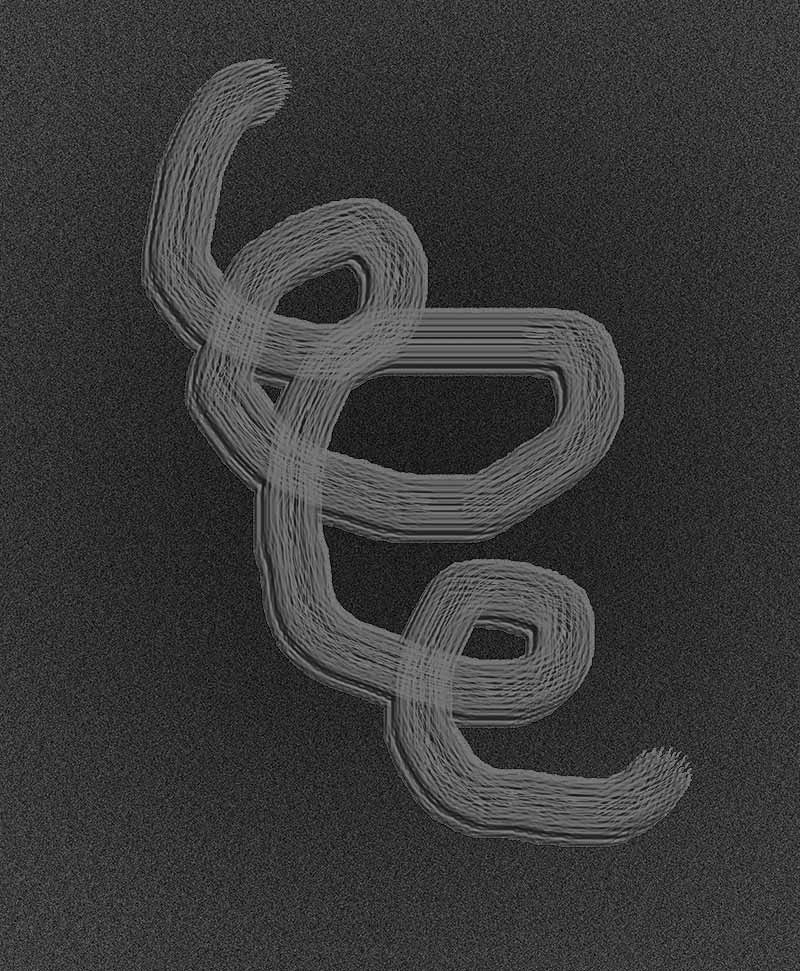
Contained safely inside of the Voyager's third radioisotope thermoelectric generator, two vessels sat idly for thirty-five years as the craft moved silently through the nights. In one, my good friend Carl had surreptitiously included, amongst a medley of human and animal semen, his own special fluids. The other cannister, hermetically sealed and vacuum cleared of any and all biological matter, was intended to collect specimens from outside of our world and return them back to us. Honestly, we weren't overly excited about the possibility of what would be sent back by the probe. We did, none the less, implement a system for returning the cannisters.
There was a crude understanding of what would happen upon the Voyager's exit from what is known as the heliopause. At this stepping point from our solar system out into the vastness of the universe, one of the main effects on a would be traverser is the reversal of its magnetic fields due to the opposing solar winds and the inertia that they place on an object. Imagine a metal rotor in between two magnets that are repulsing one another. If no external force is acted upon this rotor then it will sit in perfect balance between the two charged materials. If, however, the rotor were to be set in motion, then the push and pull of the two magnets would set the blade off into an incredible rate of gyration. This was the principle behind our return system. Well, it was that and a small thermonuclear reaction that would guarantee the rate of gyration.
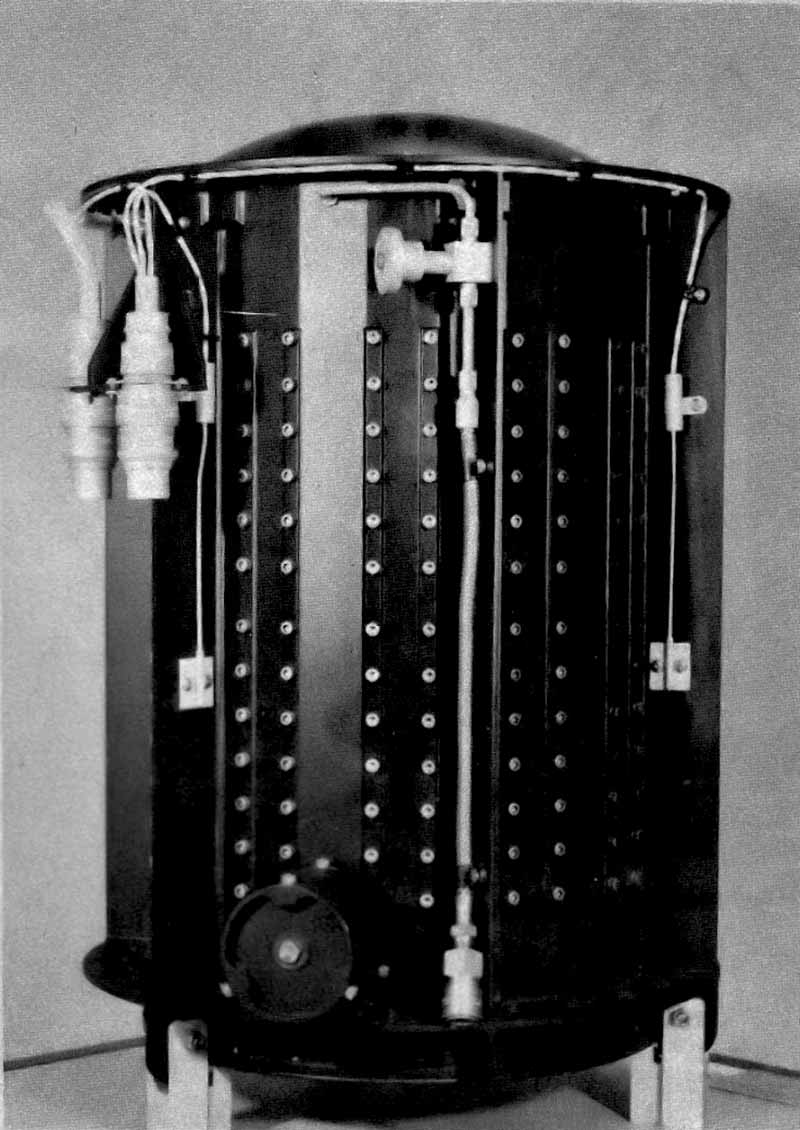
The details behind the matter were uncovered a little over a year after the cannister landed back on Earth. Incredibly, although it took over 35 years for the probe to leave our solar system, it was only a few hundred hours later that the cannister returned from deep space. The process of thermodynamic velocitization that was developed in order to return the specimen ended up working like a charm.
The name given to the matter that was collected, and that we now know makes up the majority of interstellar space (the space between the stars) is Celestial Grime. It is infinitely more remarkable than the worthless stellar dust that makes up the innards of our solar system. Physically, the Grime is said to have the appearance of human pubic hairs that have been covered in a delicious candy shell. Wiry and thin, curled once or twice over themselves, and similar in appearance to the wild hairs that sit at the core of the human reproductive area, the matter is the primordial basis for all that exists in the universe. Furthermore, we have come to discover that the Grime bares characteristics of what is known as a genesis matter, i.e. the type of material necessary for the creation of new lifeforms.
Diego Rivera's "Creation", 1931
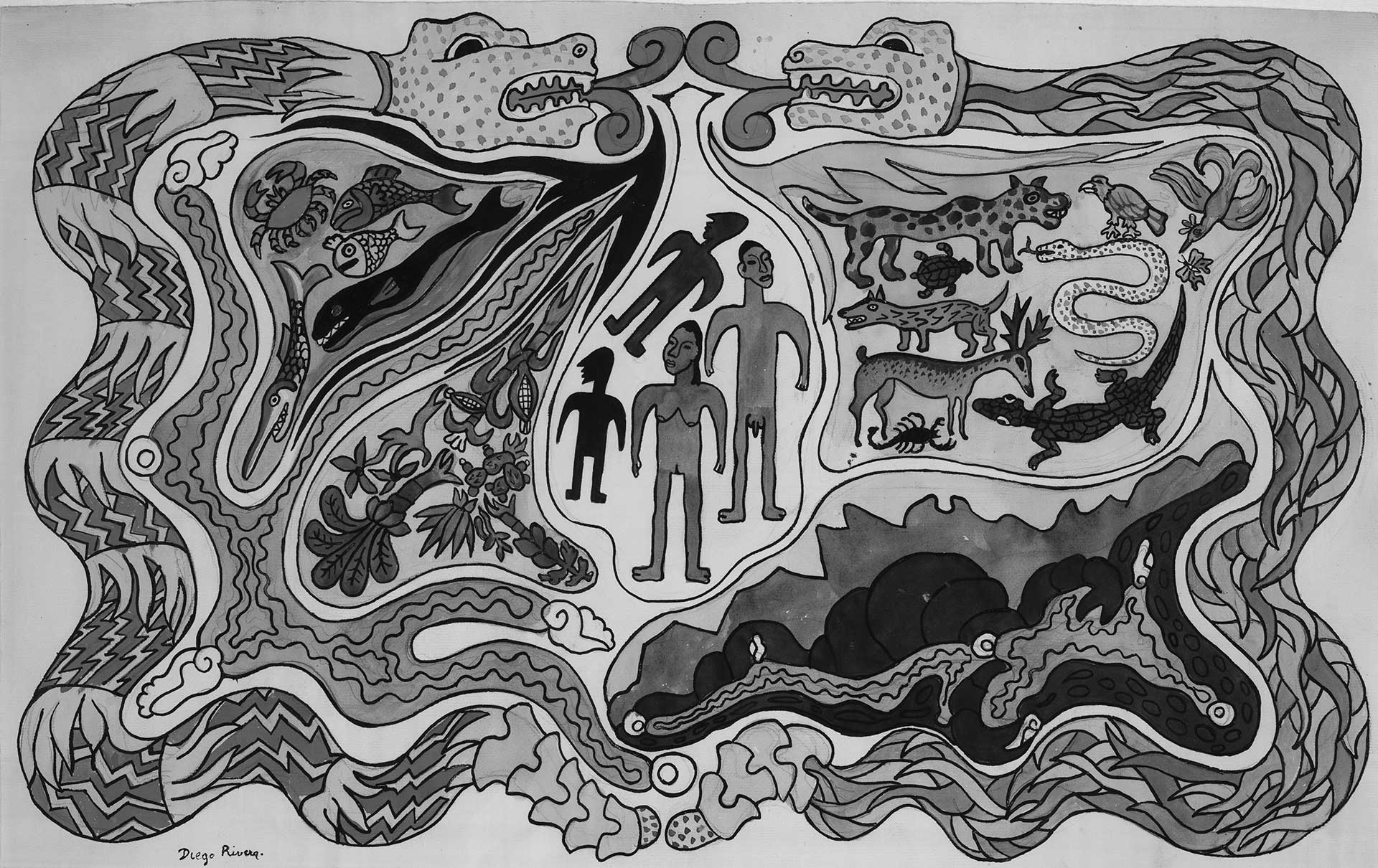
Diego Rivera's "Creation", 1931
RETURN TO EARTH
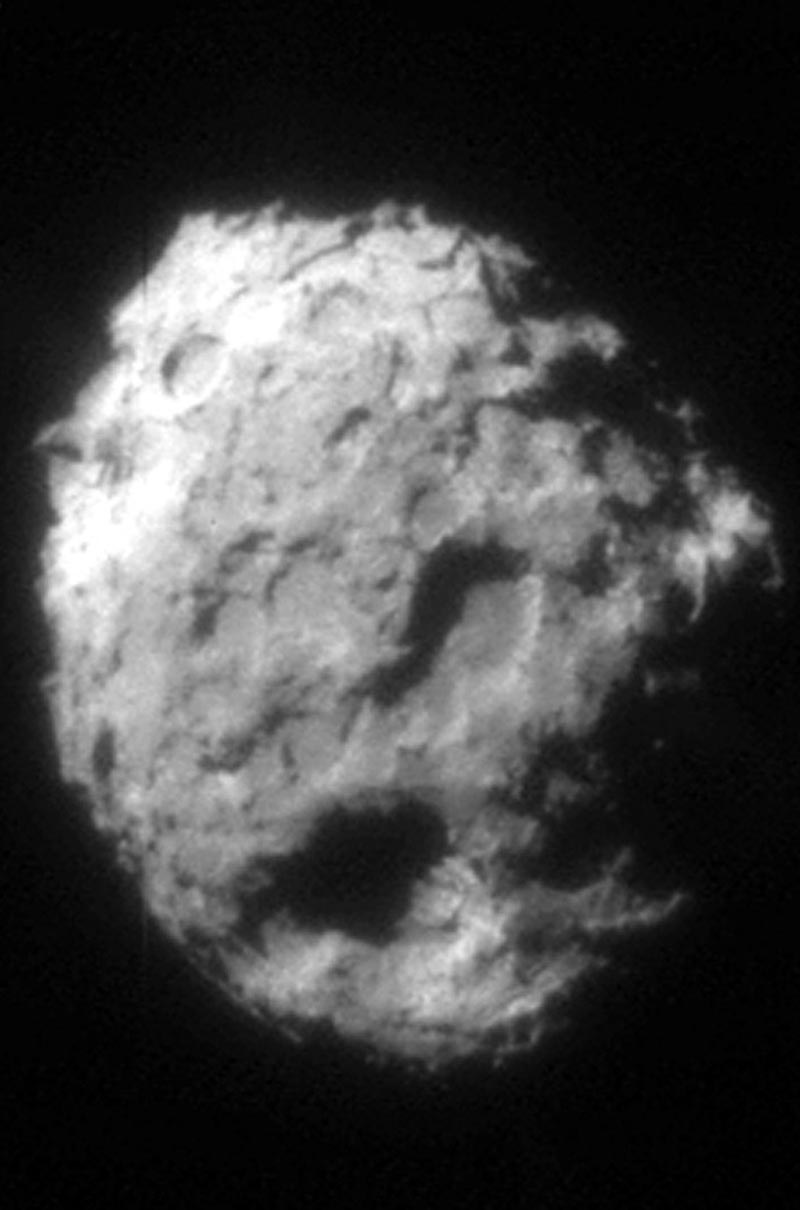
Surprisingly, we now know that the Voyager's delivery of the Grime to our planet was not the first instance of this ever happening. Natural phenomenon such as meteors have routinely delivered a variety of unexpected material to the surface of the our planet. Meteors, and meteorites as they are known should they not burn up in our atmosphere and manage to hit the surface of the Earth, are the offspring of two different objects.
Asteroids, the ancient remnants from the beginnings of our solar system, are rocky masses that were formed by the collision of planets during the creation of our star. Primarily located in a belt composed of trillions and trillions of similar entities that revolve around our sun in between the planets of Mars and Jupiter, asteroids have on occasion struck Earth. One such instance is believed to be the primary reason for the extinction of the dinosaur population on Earth. While the collision of an asteroid with our planet's surface is incredibly rare as well as extremely dangerous, the collision of asteroids with one another happen probably a thousand times a day. This is one of the instances where a meteor can be formed and launched onto a trajectory to encounter our planet.
Comets on the other hand, while also remnants of our early solar system, are able to traverse and at times reach the outer edges of our sun's grasp. These objects are comprised mainly of dust collected throughout their travels. Unlike an asteroid's more or less circular orbit, comets have an elliptical revolution around our sun which allows them to extend far beyond the furthest planets of our solar system and, at times, enter into that mysterious space between the stars. While it is much more rare for comets, or meteors created from the collision of comets, to reach Earth's surface, when it does it has seemed to be quite a spectacular event. There is a theory in fact that all of the water on Earth's surface was actually an immense comet impact that brought the frozen liquid from the edge of our solar system and onto our planet's surface.
Excavation of The Boy King
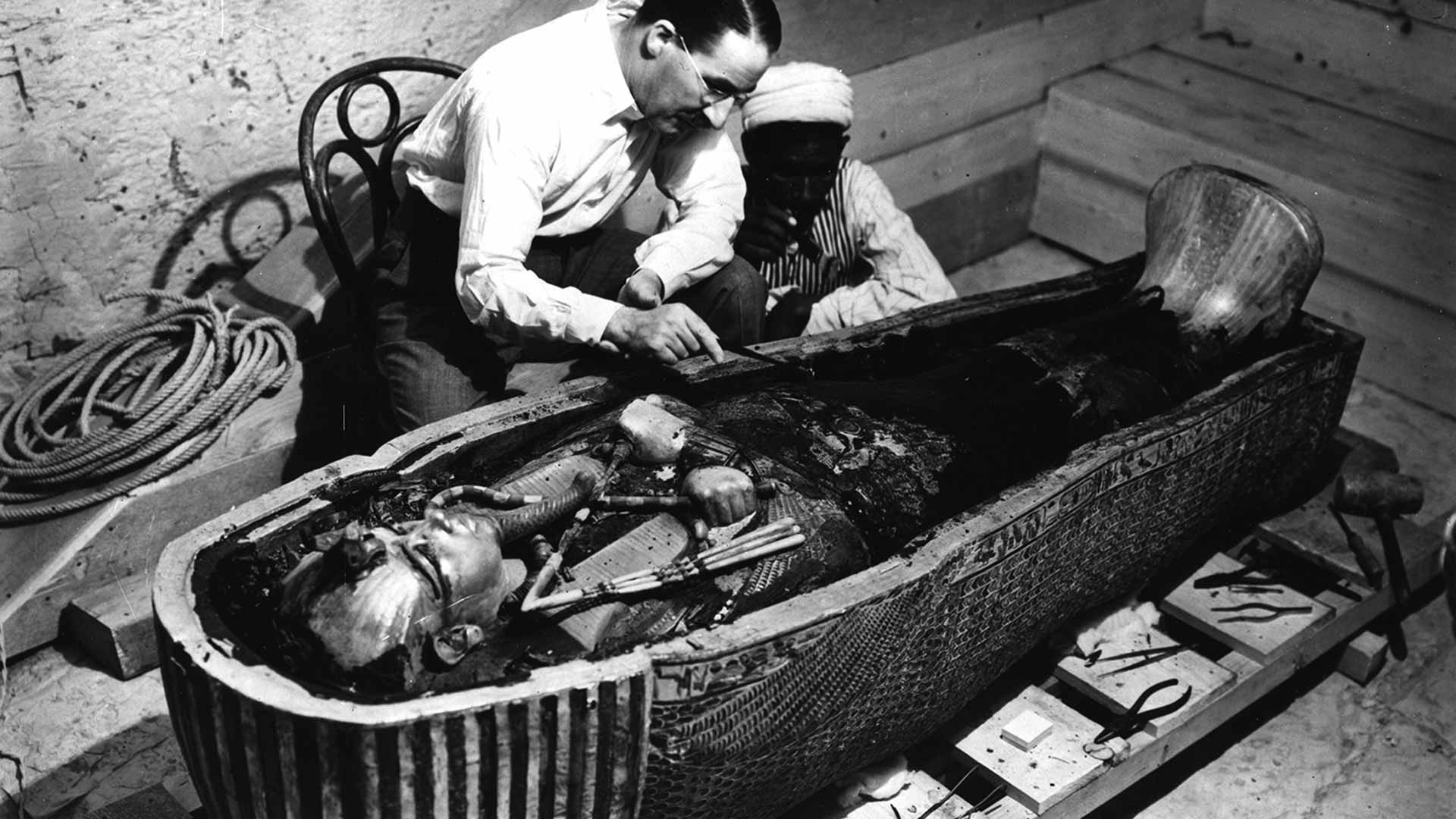
Excavation of The Boy King
THE BOY KING
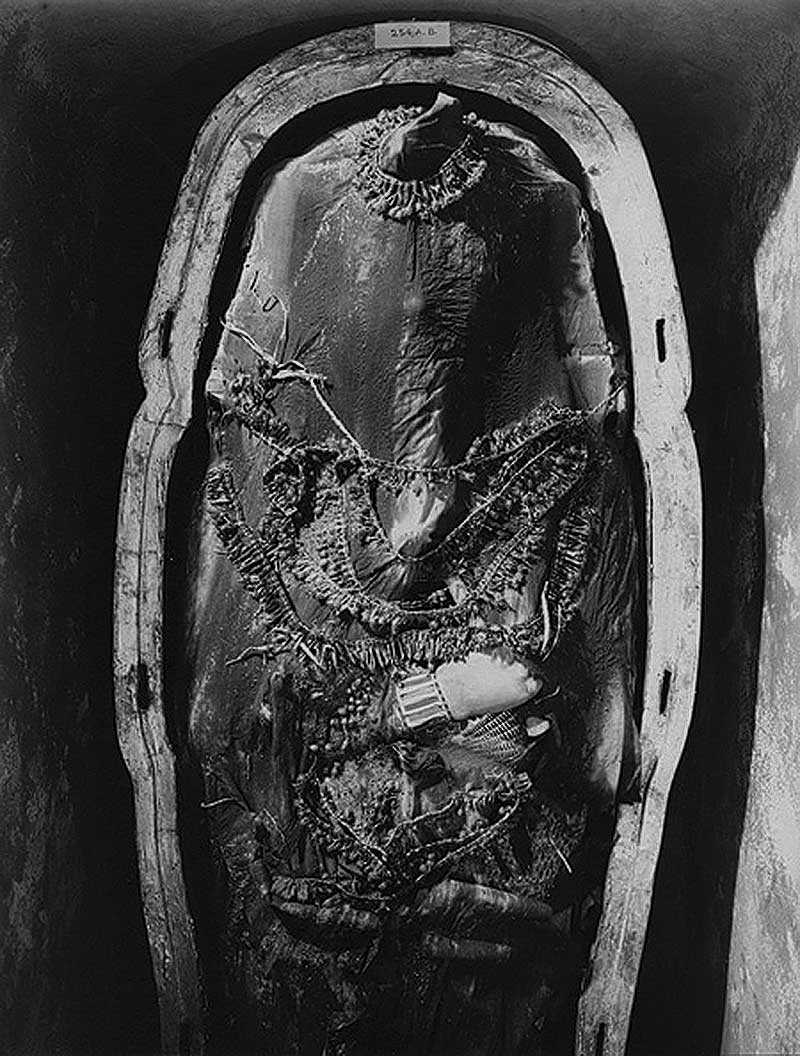
Another instance of a comet making contact with the outer shell of Earth occurred approximately 28 million years ago in what is now the land of Egypt. Upon entering Earth's atmosphere, the comet exploded above the ground creating a blast of energy roughly 4000°F. On the sandy surface below, the power of the blast was so intense that it instantly melted the ground into a yellowy silica glass. For thousands of miles in each direction of the epicenter, the glass was strewn and much later collected by the human inhabitants.
The discovery of this event was completely coincidental. It was a brooch, a small decorative breastplate owned by Egypt's child king, Tutankhamen, that contained a scarab beetle carved from the Saharan glass. Curious about the origins of the material, researchers in the 21st century had a compositional analysis done on the glass only to find that it was not of this world. Its primary elements, argon and carbon, described the unique signature of a comet. Furthermore, microscopic strands of red and blue wiry hair indicated the presence of Celestial Grime.
For the king it was an omen. Already a frail child, upon receiving the gift of the brooch his mental capacity diminished and he fell victim to intensifying seizures. He suffered a series of falls and broken bones, and not long after succumbed to death during the 18th year of his life. It was a curious demise, and although potentially circumstantial, intriguing none the less whether or not the brooch containing the Saharan glass had any effect on his life. For the Egyptian empire the glass seemed to be an omen of another type as it spread, alongside its people, to the farthest reaches of our planet.
